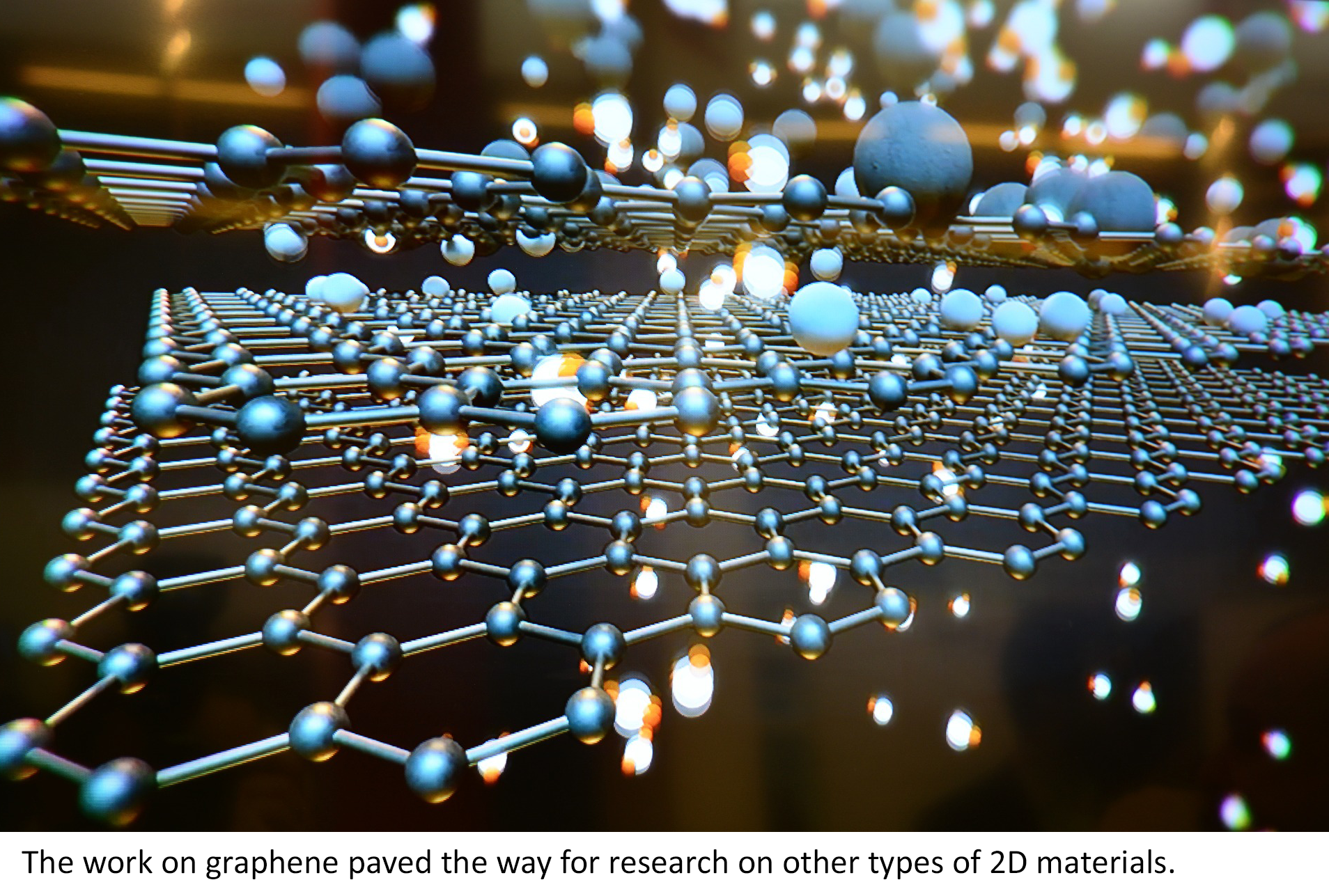 2D materials have the potential to result in devices that are smaller, run faster, and consume less power, as well as offering a wealth of other potentials such as foldable, flexible, transparent electronics, and perhaps even self-charging solar powered devices.
2D materials have the potential to result in devices that are smaller, run faster, and consume less power, as well as offering a wealth of other potentials such as foldable, flexible, transparent electronics, and perhaps even self-charging solar powered devices.
The team, which involves the University of Seoul (S. Korea), the University of St Andrews (UK), Maestro Beamline of Advanced Light Source (US), Rutgers University (US), Aarhus University (Denmark), and the Artemis Laser Facility at the Central Laser Facility (CLF) (UK), has been looking into the material VSe2. Bulk VSe2 is a metal that changes structure if it is cooled below -163.2°C. However, it behaves differently in single layer form. In this case, its electronic properties change twice: at about 76.85°C and -138.1°C. Below -138.1°C, it becomes insulating. There is a very large interest within the condensed matter physics research field to understand such phase transitions in general terms, as this will improve our predictive power to find new systems and our ability to control such phases in real devices, resulting in application in real-world products.
What are 2D materials and why are they exciting?
2D materials are atomically thin crystalline solids that can behave very differently from their 3D bulk counterparts. It is possible to tune the electronic properties of 2D materials relatively easily using external perturbations such as electromagnetic fields. Moreover, different types of 2D materials can be stacked together, in a very similar way as stacking toy LEGO bricks. These so-called “van der Waals heterostructures" can show emergent properties such as superconductivity, correlated insulating states and even exotic forms of topology, depending on how they are stacked. In the future, these artificial materials could ultimately be the main functional building blocks for truly realizing quantum electronics devices.
The team wanted to investigate the properties of 2D VSe2 to see whether it could be a viable material for the potential applications listed above. The particular interest they had was in its metallic and insulating properties, and how charge density wave materials (such as VSe2) can be switched using electric fields—for example, electric fields in the form of a laser pulse. Very often, these switching events take only a fraction of a picosecond to happen. These materials therefore have a potential use in ultrafast electrical switching, memory devices, photodetectors and so on.
The Artemis Laser Facility is designed to conduct in-depth experiments involving extremely fast electronic excitations, structural changes, and chemical reactions. Artemis is able to take “movies" that can help scientists understand the intricate inner workings of physical and chemical changes, step-by-step.
For this experiment, the Artemis team shone a very intense laser pulse on single layer VSe2 samples and observed the changes in the electron energy and momentum using a technique called angle resolved photoelectron spectroscopy, or “ARPES" for short. By measuring the electron energy and momentum, they were able to identify if their sample was in the metallic phase or in the insulating phase.
The results showed that for samples that have been cooled to the insulating phase—below -138.1°C—the laser pulse switches the crystal to a metallic phase within half a picosecond. Since they could see how the quantum landscape was modified before, during and after the excitation, they were able to learn how the transition is affected by the interactions of electrons with elastic deformations of the atomic structure of the crystal.
According to Prof. Søren Ulstrup of Aarhus University, the importance of the metallic phase transition can be understood by comparison with how a computer chip works. “You would like to have control of whether a material is able to pass a current or not, and this can be compared with switching 1s and 0s in a computer. Here we do this with a light pulse—which is very cool—instead of with an electrical gate."
“Ultimately," says Prof. Ulstrup, “we would like to solve the problem of having alternative ways of performing computation. People are reaching the limit of how many devices we can pack into a small computer chip without consuming too much energy; so, we are searching for new ways of doing this. VSe2 might not, ultimately, be the precise material that will get used. Nevertheless, studying the dynamics of such transitions in a model system like VSe2 is important, for the sake of improving fundamental understanding of this issue."
Do read the paper, click here.
